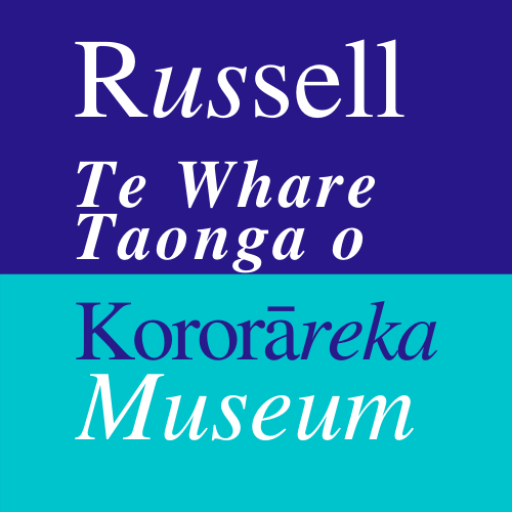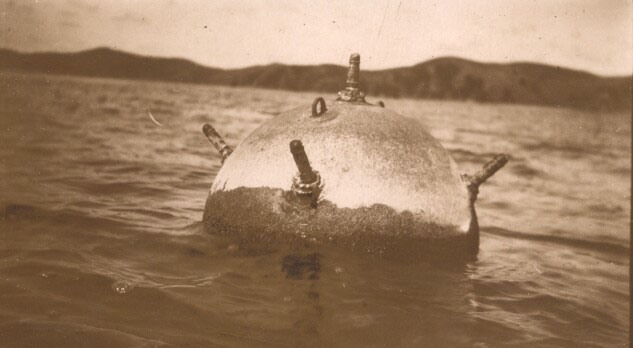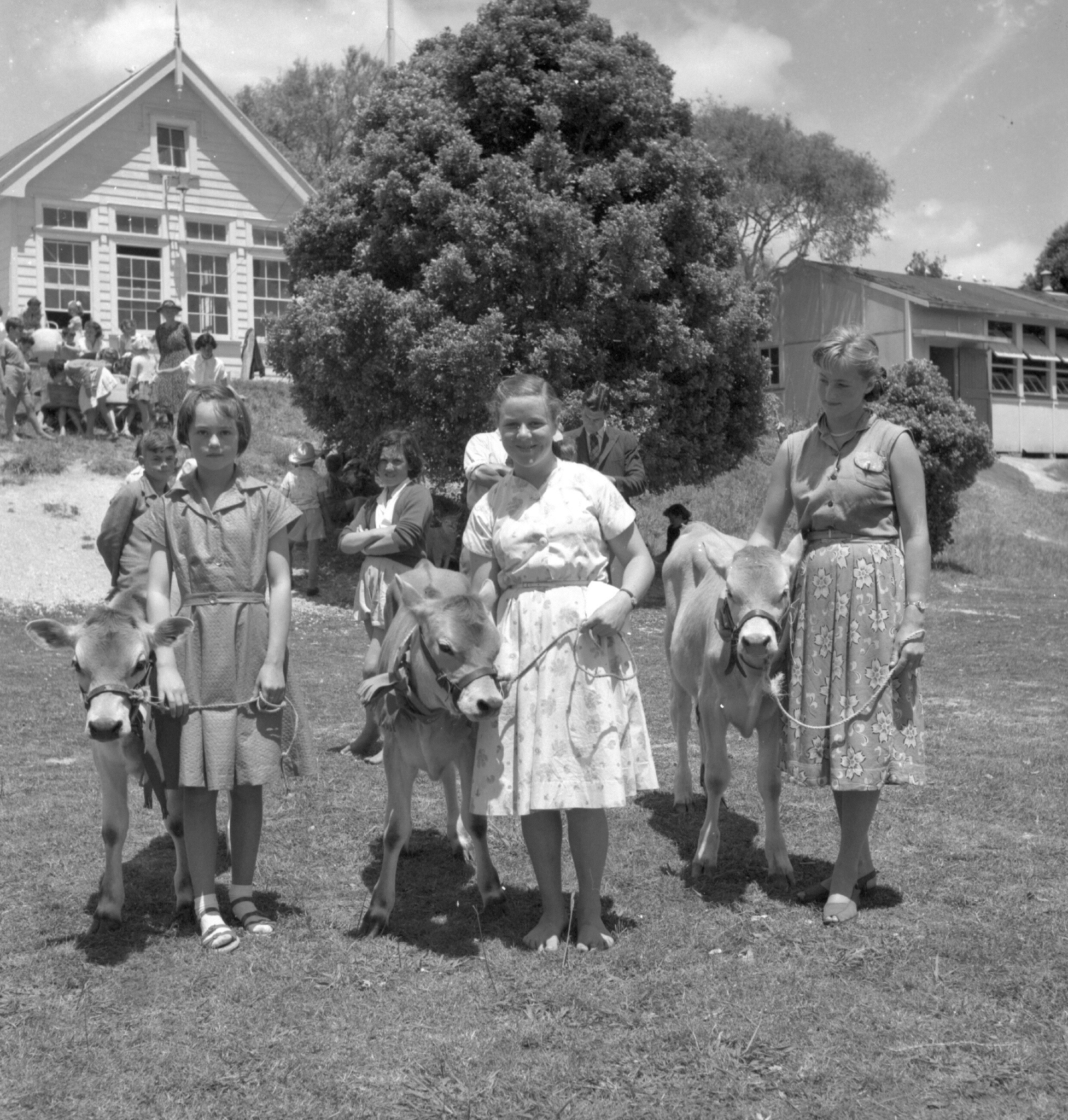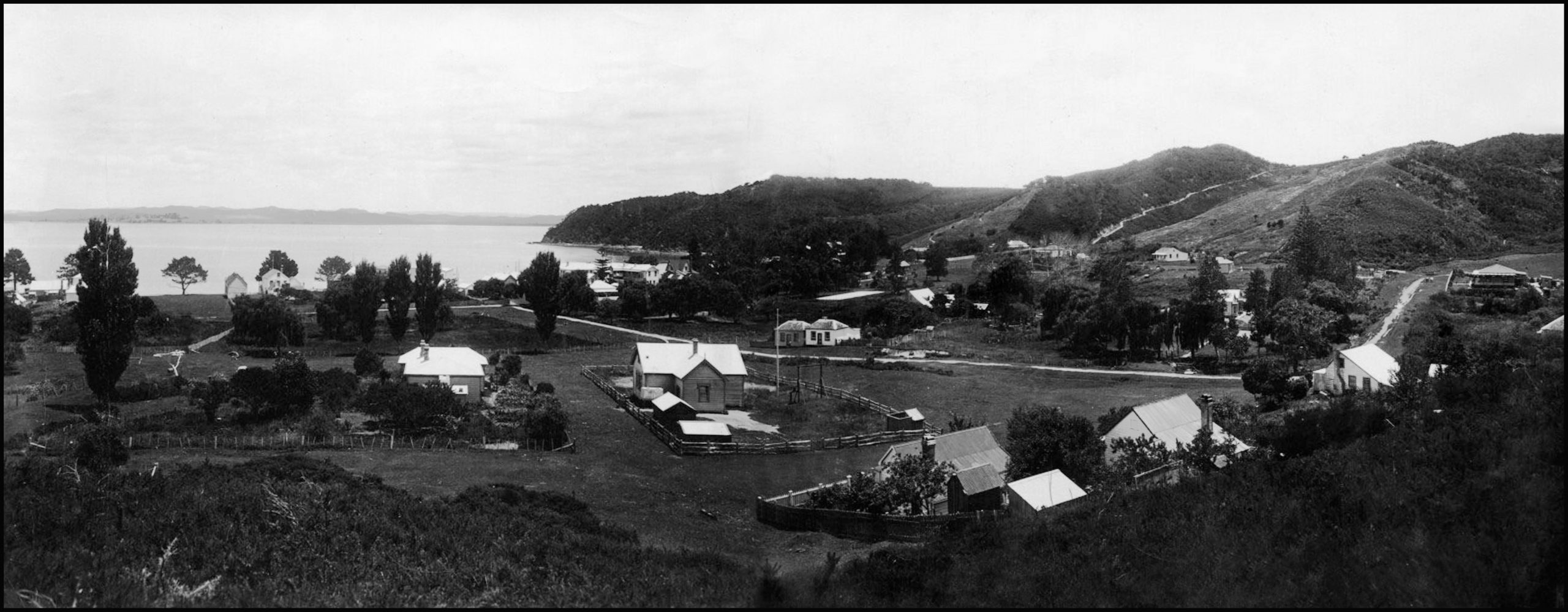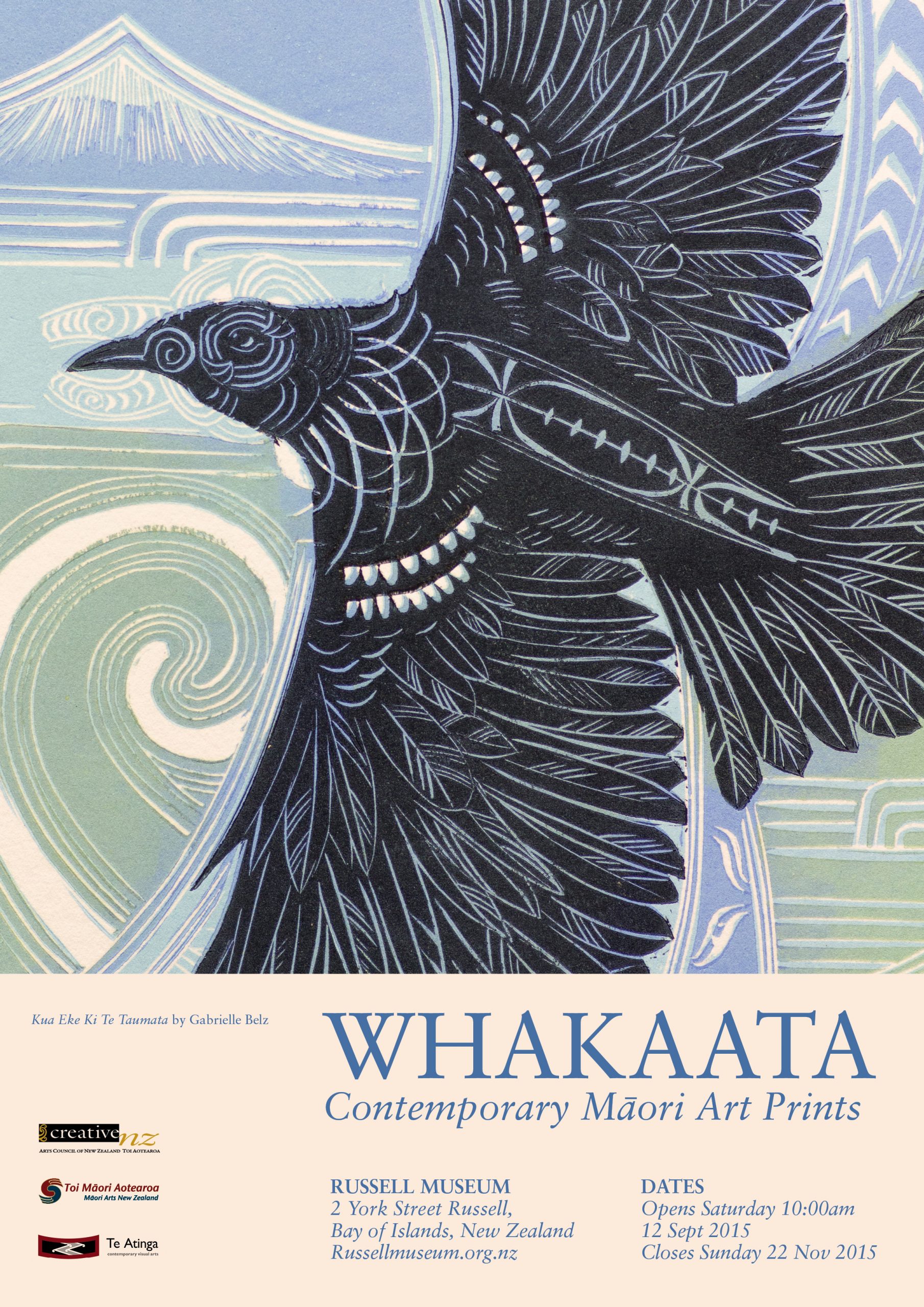This is a lump of ambergris on display in Russell Museum presented by Mr W Pickering in 1970). Two other pieces were lent to us by Harold Potts who was a relief lighthouse keeper at Cape Brett. He and his wife found two pieces which came to the museum; one found at Long Beach was about the size and shape of a tennis ball but where the other came from is unknown.
Ambergris is still very valuable, despite synthetic alternatives now being available. It is primarily used in perfumes as a fixative but also for medicinal purposes, as an aphrodisiac, to enhance the flavours of food and wine and in incense. A tennis ball sized piece found at Parengarenga in 1990 was sold to a Paris perfumery for almost $700. Another, weighing 12.5 kg, washed up decades ago at Mangawhai. The finders of that piece split the proceeds – $125,000.
Where does it come from? From sperm whales – they are the only whales that eat squid. It is thought that ambergris is formed as a result of squid beaks irritating the lining of a whale’s stomach. As a reaction to this irritation the whale produces in its intestines a cholesterol derivative which becomes what is referred to by many as floating gold. Russell Museum’s piece is probably not worth much as ambergris deteriorates with age. We’ve had ours at least forty years.
It is estimated that the historic worldwide population of sperm whales numbered over a million before commercial sperm whaling began in the early eighteenth century. It finally ended in 1988. The population now is thought to number in the hundreds of thousands. Although the species is protected almost worldwide there are other threats to their survival – entanglement in fishing nets, collisions with ships, ingestion of marine debris, ocean noise and chemical pollution. The International Union for Conservation of Nature regards the sperm whale, Physeter macrocephalus, as being “Vulnerable A1d” and in the US it is listed as endangered. Perhaps if the population recovers we may find ambergris washing up on Long Beach again.
Sources: http://www.ambergris.net.nz/information.htm; http://marinebio.org/species.asp?id=190
http://www.nzherald.co.nz/nz/news/article.cfm?c_id=1&objectid=11188771; https://en.wikipedia.org/wiki/Sperm_whale
